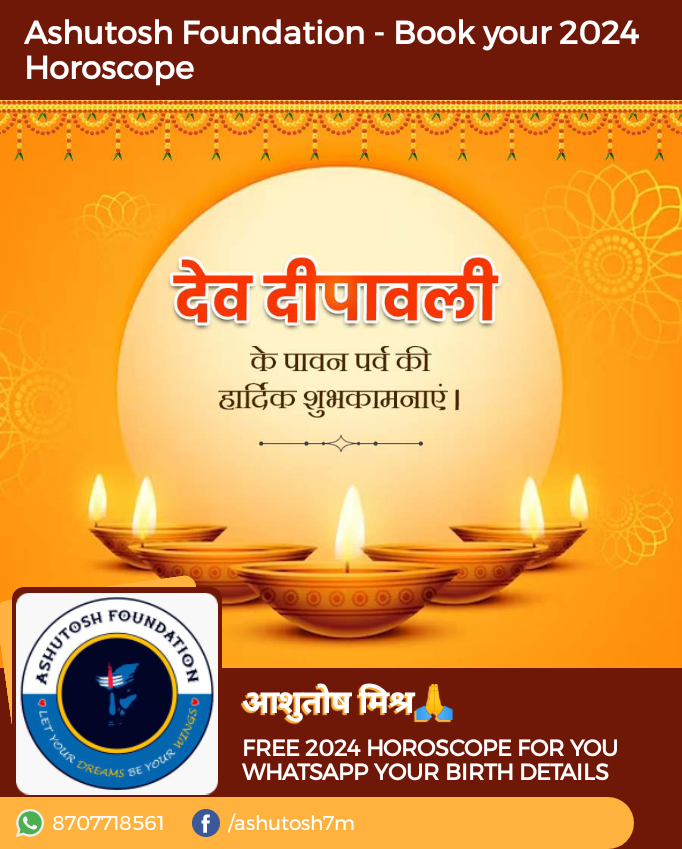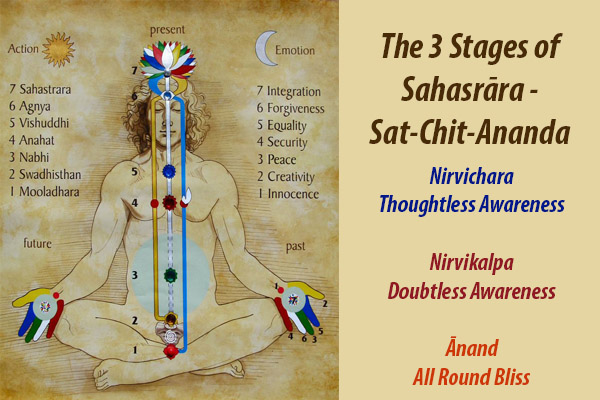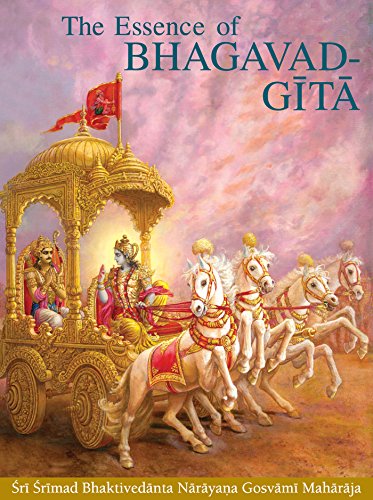The Basics of Sankhya Philosophy
Starting from the basics
Overall, Knowledge can be broadly classified under two heads
Secular Knowledge (Knowledge of worldly objects achieved through observations and experiments, travelled to us through Scientist and Experimenters)
Sacred Knowledge (Knowledge of Self achieved through the scriptures of generation of Sages who very carefully contelmplated the nature of the self and those knowledge being recorded as Vedas, This knowledge is gained through meditation and contemplations)
Lets leave the Secular Knowledge as we are gaining through the process of Schooling and various other worldly forms.
Talking about Sacred Knowledge, it is bundled in the 4 Vedas
The four Vedas are:
Rigveda: The oldest of the four Vedas, Describe the rituals and sacrifices of worship,,
Meditate on the origin and structure of the cosmos, Relate the relations between mankind and the divine, Talk about key gods
Yajurveda: Written by Veda Vyasa, a guide-book for the Adhvaryu (chief) pujari who had to do practically all ritualistic works in a sacrifice.
Samaveda: It contains a collection of melodies and chants. Sama means “melody,” and Veda means “knowledge.(Book of Songs)
Atharvaveda: represent a ‘popular religion’, incorporating not only formulas for magic, but also the daily rituals for initiation into learning upanayana, marriage and funerals.
Based on Vedas there are 6 Darshan Shastras in our traditions.
The six Darshan Shastras are:
- Poorv Mimansa by Sage Jaimini (The central aim of Purva Mimamsa is to explain the nature of dharma, which is understood as a set of ritual obligations and prerogatives to be performed properly.) basically Karam Kaand
- Nyay by Sage Gautam (Tark Shastra, The main aim is Epistemology is a branch of philosophy that studies the nature, origin, and limits of human knowledge.
- Vaisheshik by Sage Kanad (They believe that God is the guiding principle. The living beings were rewarded or punished according to the law of karma, based on actions of merit and demerit.)
- Sankhya by Bhagwan Kapil (the universe and all beings are a product of the interplay between two unrelated realities: Purusha (the conscious spirit) and Prakriti (the inert matter).
- Yog by Sage Patanjali (provides tools to cultivate emotional resilience, regulate emotions, and develop a balanced state of mind through practices such as self-discipline and self-reflection.)
- Uttar Mimansa (Vedanta) by Badrayana (Vedanta school is a monistic school of philosophy that believes that the world is unreal and the only reality is Brahman.)
By Darshan we mean ‘Point of View’ or perspective.
The six systems of Hindu philosophy are different paths that lead to the same goal. Each school has developed, systematised, and correlated the various parts of the Veda in its own way.
Out of 6 Darshan Shastra, 5 did not believed that god can be realized by Meditation and knowledge only the last one i.e Uttara Mimansa (Vedanta) realized that god can be realized by knowledge and meditation.
Various teachers and Acharya developed the Schools of Thoughts taken basis from vedanta.
3 basic schools of thoughts:
Dvaita (Dualistic School): Founded by Madhavacharya. Which says, God and I are two different Entities. God is Master and I am the servant.
VIshisht Advaita ( Special Non Dualistic School): founded by Ramanujacharya which says God is Whole and we are part of it.Most of Vaishnava Clan follow this.
Advaita (Non Dualistic School : Founded by Bhagwan Shankaracharya, based on Vedanta (Upanishads) which says Myself and God is one and the same. ‘tat tvam asi’ That thou art, That I am seeking is none other than myself.
Chapter 2 of Bhagvad Gita takes all this School of thoughts into understandable philosophy which takes all the salient points of different school of thoughts. But in nature it is Advaitic. That’s why Geeta Dhyan shloka says advaita-amrita varshineem
Which teaches Myself and Godself is one. And that is why this chapter is Sankhya Yoga ( Yoga for Knowledge) Predominantly based on Sankhya Philosophy.
Therefore, chapter 2 is the chapter that will tells what we will tell you all through Bhagvad Gita (from chapter 3 to chapter 17) and Chapter 18 concludes what we discussed all through the chapters.
Chapter 1 gave us the mirror as why do we fail in some situations, The situations where i was overwhelmed by my own attachments and biasness i failed and where i kept myself away from it I succeeded.









